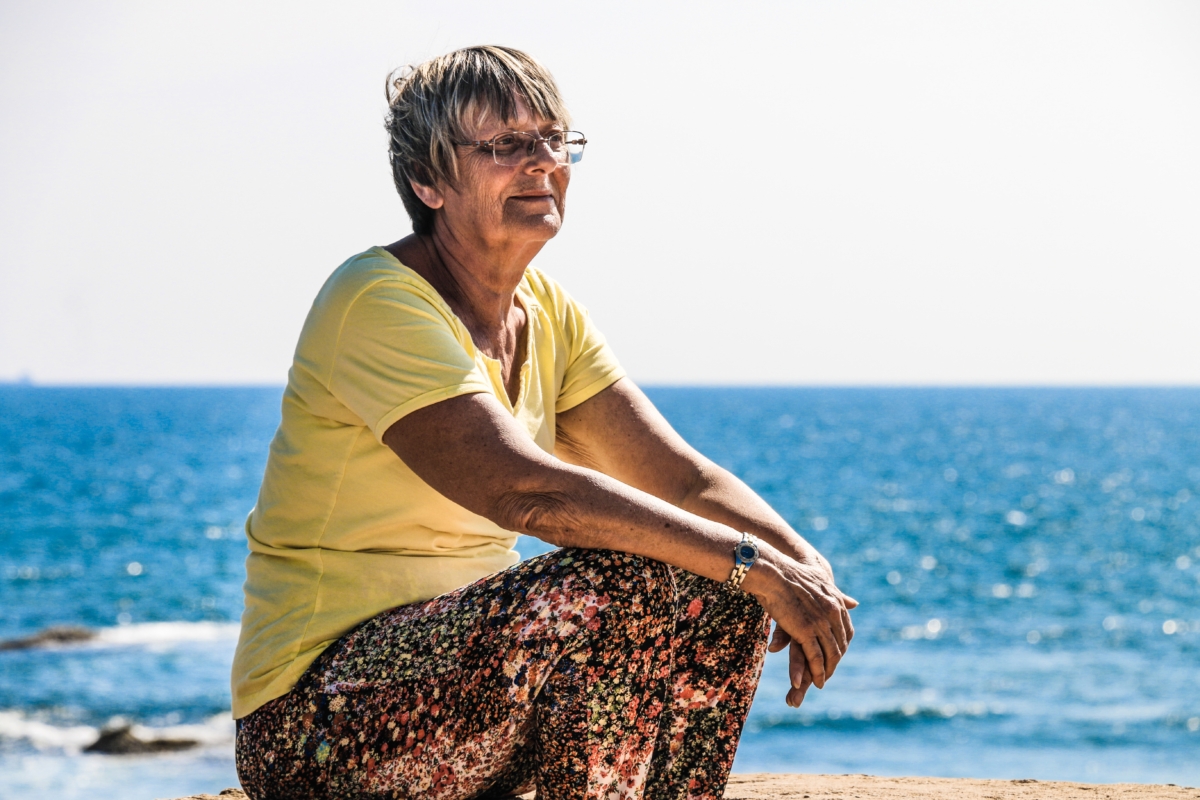May is National Stroke Awareness Month: Here Are 5 Important Things to Know
May is National Stroke Awareness Month. According to the National Institute on Aging, strokes are the fifth leading cause of death in the U.S. and risk increases with age. The good news is that strokes can often be caught early and properly managed if you know what to look for. Keep reading below for important facts about stroke symptoms in seniors – plus, what you can do to help keep yourself and your loved ones safe.
1. There Are Two Common Types of Strokes
A stroke happens when there is a change of blood flow through the brain and, as a result, a blood vessel either becomes blocked or bursts. This causes the brain to lose oxygen; if not caught quickly, brain cells will begin to die off. If brain cells are without oxygen for a short period of time, they can often repair themselves – there is even growing evidence that sometimes new brain cells grow to replace those lost, although this takes time. The aftermath of a stroke can result in a person having trouble walking or speaking.
The two most common types of stroke are:
Ischemic stroke: This is the more frequently occurring stroke, commonly caused by other health issues such as thrombosis (when a blood clot forms in the brain or neck), an embolism (when a blood clot moves to the brain from another part of the body), or stenosis (when a brain’s blood vessel narrows due to fatty deposits in the arteries).
A transient ischemic attack is when the symptoms of a stroke only last for a short time, such as a few minutes or hours, and then disappear. This is considered to be a “warning stroke” and is a medical emergency that should be treated immediately.
Hemorrhagic stroke: This type of stroke is caused by a burst blood vessel that causes blood to leak around or into the brain, reducing or even eliminating the essential delivery of nutrients and oxygen.
The earlier a stroke victim gets medical help, the more effective their treatment is likely to be. If you or someone you know experiences symptoms of a stroke, get to a hospital immediately. This brings us to our next important tip, which is understanding what the symptoms of a stroke can look like.
2. Know the Signs of a Stroke
Understanding what a stroke can look like and acting quickly could make a world of difference. In fact, F.A.S.T is a helpful acronym to keep in mind when someone starts showing symptoms of a stroke:
- Face: Is one side of the face drooping or sloping?
- Arms: Is the person able to lift their arms? Does one arm float downward when both are lifted?
- Speech: Is speech slurred or strange, even when repeating a basic phrase?
- Time: If you notice any of these symptoms, you must call 9-1-1 immediately.
Additional common stroke symptoms can also include sudden onset of any combination of the following:
- Confusion or disorientation
- Trouble speaking or slurred speech
- Vision issues or double vision
- Dizziness or loss of balance
- Drowsiness
- Severe headache
- Numbness or weakness in the arm, leg or face (especially on just one side)
- Nausea or vomiting
If you or someone you love is having any combination of these symptoms, don’t drive to the hospital – always call 911 for an ambulance. Because every second counts, this ensures that potentially lifesaving treatment can be administered on the way to the hospital.
3. Women Are More at Risk
Women are at a much higher risk of having a stroke, particularly senior women – according to the CDC, one in five women between the ages of 55 and 75 suffer from strokes each year. This is due to hormonal changes related to menopause, hypertension (or high blood pressure), and even having higher rates of depression.
4. Strokes Can Lead to Health Issues Later On
Recovery from a stroke can be a long road. How a stroke affects a person will depend on how long before medical care was provided and which part of the brain endured the damage.
Someone who suffered a stroke may feel weak, fatigued, or even paralyzed, especially on one side of the body. They may have a harder time controlling their emotions or feel depressed. There could be speech issues, problems with attention and learning, and memory loss. It’s important to be mindful that just because a stroke is caught and treated doesn’t mean that recovery is overnight. That said, there are many options for stroke rehabilitation which can significantly help the recovery process.
5. Stroke Rehabilitation is Possible
The sooner a person suffering from a stroke receives medical attention, the more likely their chances are for a complete recovery. After the initial stroke has been managed, long-term stroke rehabilitation is an essential next step to help the person recover their strength and regain as much function as they can.
Some common long-term stroke rehabilitation therapies can include physical therapy, speech therapy, and occupational therapy.
Physical therapy – This can help a person regain and improve their basic motor functions, like standing, laying down, sitting and walking.
Occupational therapy – Helps a person relearn how to do daily activities such as bathing, dressing, cooking, eating and drinking, reading, writing, or using the restroom.
Speech therapy – Assists in helping a person relearn their communication skills and language, sometimes by speaking or in other forms of communication.
OceanView at Falmouth
As we get older, we become more susceptible to certain health risks like strokes, which means making safety a priority. Active retirement communities offer incredible maintenance-free advantages and thoughtful safety measures, like easy healthcare access and on-site health advocacy services, that offer peace of mind for your future.
OceanView at Falmouth is an active retirement community located in picturesque southern Maine. We offer beautiful apartments and independent cottages in a fun, active setting, designed to make your retirement as stress-free as possible! Please contact us at OceanView to learn more about our independent living community and schedule a tour.







